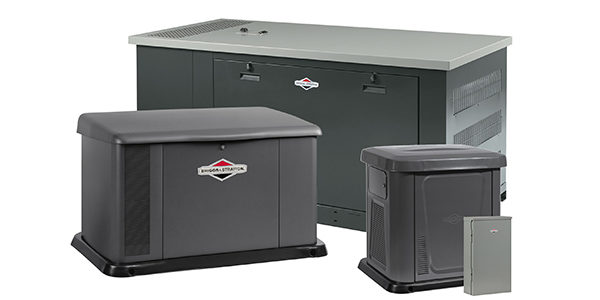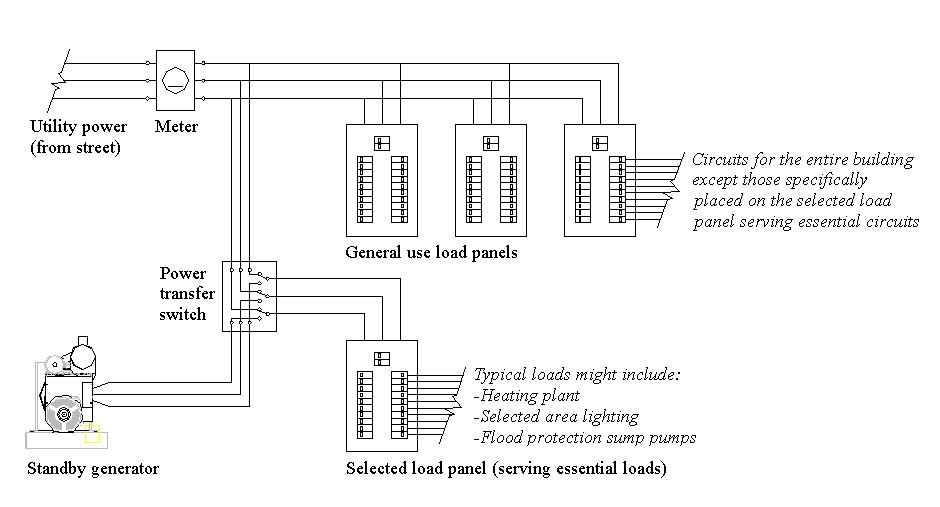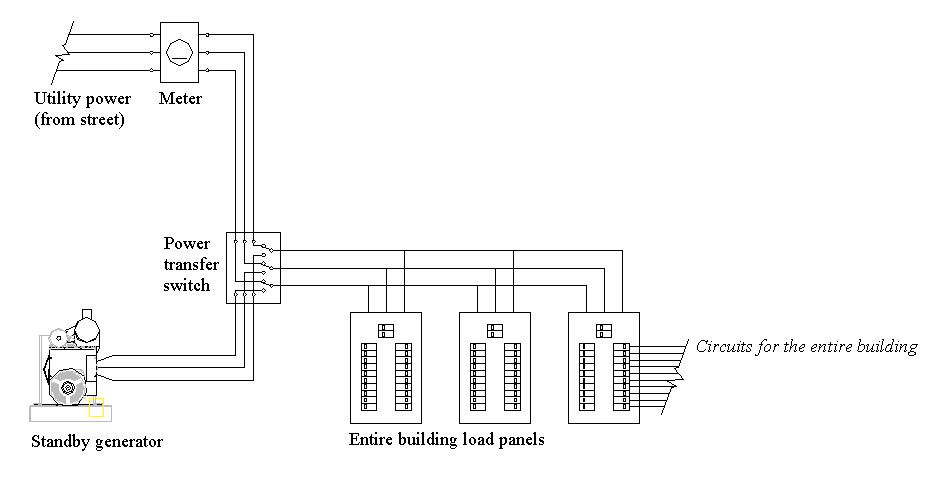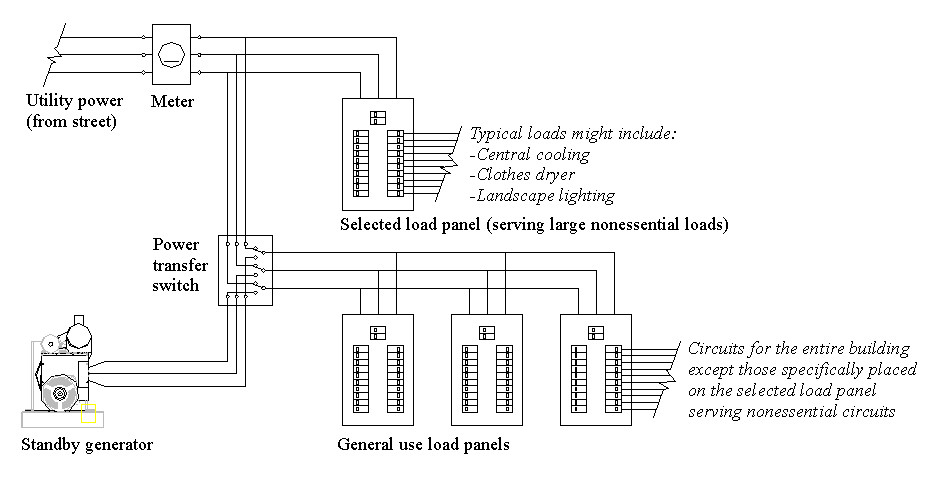Standby Generators – The Right Setup Matters
Having the power on has become more than a convenience. Electricity powers much of our lives, and we rely on it to provide certain essential services which are important to our safety and well being. Heating, air conditioning, refrigeration, home security, medical equipment and sump pumps are some of the essential items that when not operating can have serious consequences. Electricity also powers many conveniences such as lighting, televisions, radios and computers that may also become essentials during a storm or other emergency situation.
Weather-related outages are the most common and are often the most widespread as well as longest in duration. However, power outages can happen at any time for any number of reasons. To make matters worse, according to insideenergy.org, power outages, including weather related ones, have risen over the past 15 years. This is due to an aging infrastructure combined with a growing population and more frequent extreme weather straining the electric grid.
The best way to ensure that the power stays on in your home or business is with a standby generator. However, choosing the right generator and configuration for your property is a complex process best left to trained professionals who will assess the following criteria to match your situation with the correct setup:
- Total Capacity: Running connected load + startup load (inrush current)
- Fuel Source: Local storage or utility provided
- Fuel type: Diesel, natural gas, or propane
- Power transfer configuration: Selected load, total load, or modified total load
- Combustion exhaust: Location, sound level, and odor
- Engine heat exhaust: Location and sound level
- Start type: Manual or automatic
- Generator location: Sound level, ambient temperature, and distance to power panel
CAPACITY
The total power capacity rating of a standby generator is based on two factors: the load on the generator (startup plus running) and the transfer power configuration. The load requirement is typically determined by using a load connection chart that sums up the running load and startup load power needs of the connected lighting, appliances, and equipment.
Typically the load connection chart is given to the owner for their input on the devices that will operate on the generator. We will then use the owner’s data along with our research about the electromechanical systems to determine the total capacity (startup plus running) of the generator system.
FUEL TYPE
The generator needs a fuel source to operate. Gasoline is used for the smaller wattage requirements. The gasoline is stored in a side mounted fuel tank similar to a lawn mower. An additive is put into the fuel to keep the gasoline fresh and ready for use.
Natural gas is used when available for permanently mounted units both indoors and outdoors. For homes and buildings already equipped with natural gas for heating this fuel often works out to be best.
Diesel (oil) fired units use the same fuel as home heating systems. Known as #2 oil, this fuel is clean and ready for use at all times. For homes and buildings already equipped with oil fired heating, this fuel works out to be best.
Liquid or bottled gas is great for cold storage areas that do not have natural gas available. Liquefied gas is shipped in steel cylinders (typically seen in rural areas and vacation homes) that are maintained by a delivery company. Gauges can be installed to let you know the amount of fuel left. Liquefied gas does not break down with time or in cold weather.
POWER TRANSFER CONFIGURATION
Standby power generators are connected to the house power grid in one of three configurations: selected load, total load or modified total load. In all cases a transfer switch is used to isolate the house power grid from the utility power grid whenever the utility power is down or is in some way limited. When the transfer switch is activated the standby generator becomes the main power source for the house.
Selected Load Transfer Configuration
In the selected load transfer configuration the individual loads that will operate on standby are pre-selected when the house is wired. Typically one or two electrical panels are designated for standby power, and then individual lighting and equipment circuits are wired to those designated panels. In the selected load transfer configuration the transfer switch is wired in parallel with the house power grid and in series with the selected subset of house circuits predetermined to operate on the standby generator.
Total Load Transfer Configuration
In the total load transfer configuration the transfer switch is wired in series with the total house power grid. This configuration is used when the generator’s capacity is equal to or greater than the total typical house power load. In this scenario, the generator capacity must be greater than the total connected load because when there is a power outage 100% of the house’s circuits are transferred to the generator instantaneously. Therefore the capacity of the generator must be capable of handling this startup load. In the total load transfer configuration the maximum connected load is the sum of the automatically operating devices (refrigerators, boilers, etc.) and owner-controlled devices such as lights and appliances plus a factor for startup load.
Modified Total Load Transfer Configuration
In the modified total load transfer configuration the transfer switch is wired in series with the majority of total house power grid and in parallel with those circuits that are not ever intended to be powered by the standby generator. Like the total load configuration, the generator capacity in the modified total load configuration is designed to support a large percentage of the total house load, however non-essential but significant power use appliances and equipment are not connected. This configuration is particularly helpful if a power outage takes places when the house is unoccupied (or occupied by people unfamiliar with the generator’s operation) because the generator is much less likely to be stalled due to overloading.
In each of the three transfer configurations the wiring style and/or capacity of the generator must be taken into consideration. For example, in either the total load or the modified total load configuration the generator must have sufficient capacity to handle the startup and running load of all circuits that were operating at the time of the power outage.
For more information on Standby Generators or to schedule a consultation, please contact us.





Comments are closed.